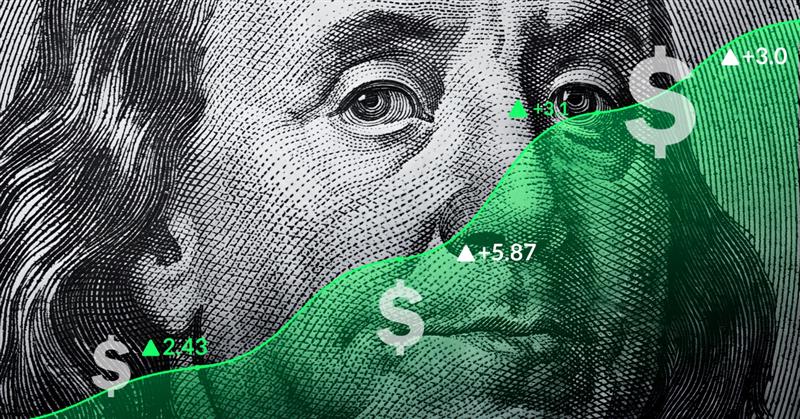Insights
The US dollar outperformed all other major currencies in July

The US dollar outperformed all other major currencies in July, with the Japanese yen and the British pound emerging as the primary underperformers. With US President Trump postponing the implementation of reciprocal tariffs to August 1, the spotlight turned to the Fed and Trump’s pressure on Chair Powell to lower interest rates. US data was robust throughout the month, bolstering the dollar and allowing Powell to maintain a wait-and-see approach during the July 30 meeting.
The yen was the biggest loser even after the US-Japan trade deal sparked speculation about a potential rate hike by the BoJ before year end. It seems that PM Ishiba’s defeat in the Upper House elections and the less-hawkish-than-expected BoJ hindered the yen’s recovery. The pound was the second worst performer, despite data indicating an uptick in inflation during June. This may be due to the BoE remaining dovish amid a weakening labor market and a softer growth outlook, while at the same time being already aware that inflation could accelerate this year. The subdued PMIs for July corroborated the Bank’s dovish stance. The euro also fell sharply towards month-end, even after the ECB offered a moderately optimistic economic outlook. Markets may be questioning the actual benefits of the EU-US trade agreement for the Eurozone. Gold surrendered its gains due to the strength of the US dollar, pulling back after reaching a high.
Markets lacked conviction and decisiveness in the IXI Fund traded instruments, which was reflected in weaker signal strength and subdued associated gains. Nonetheless, the strategy held firm over the course of July. As a result, the month concluded on a positive note.

